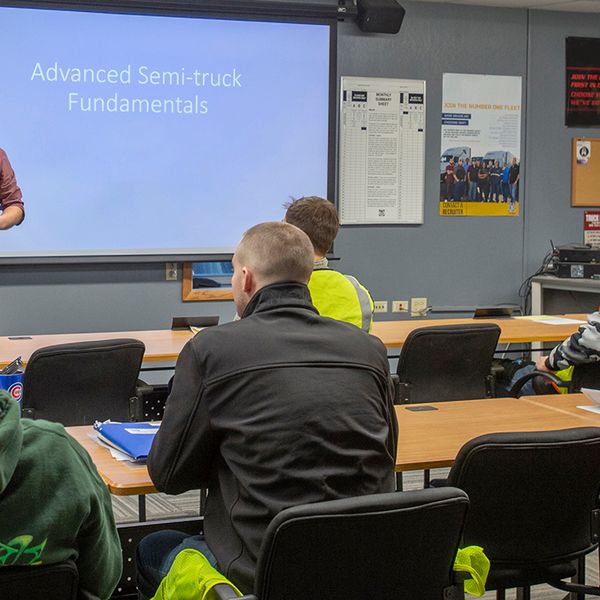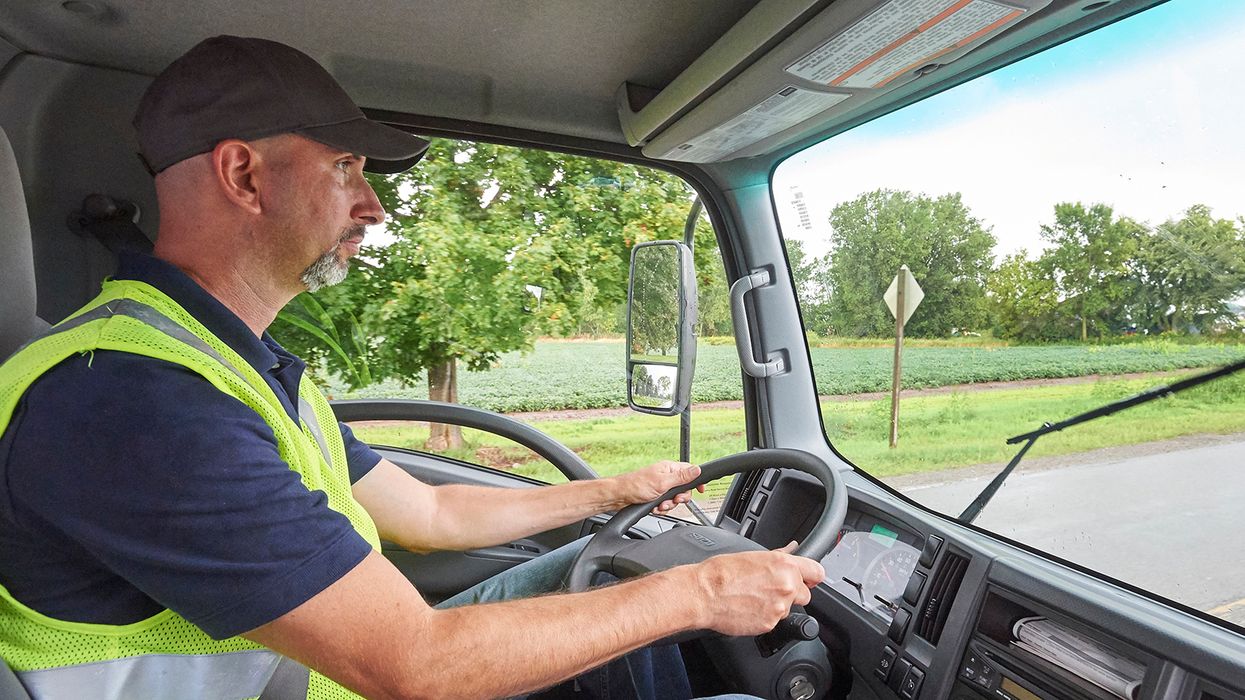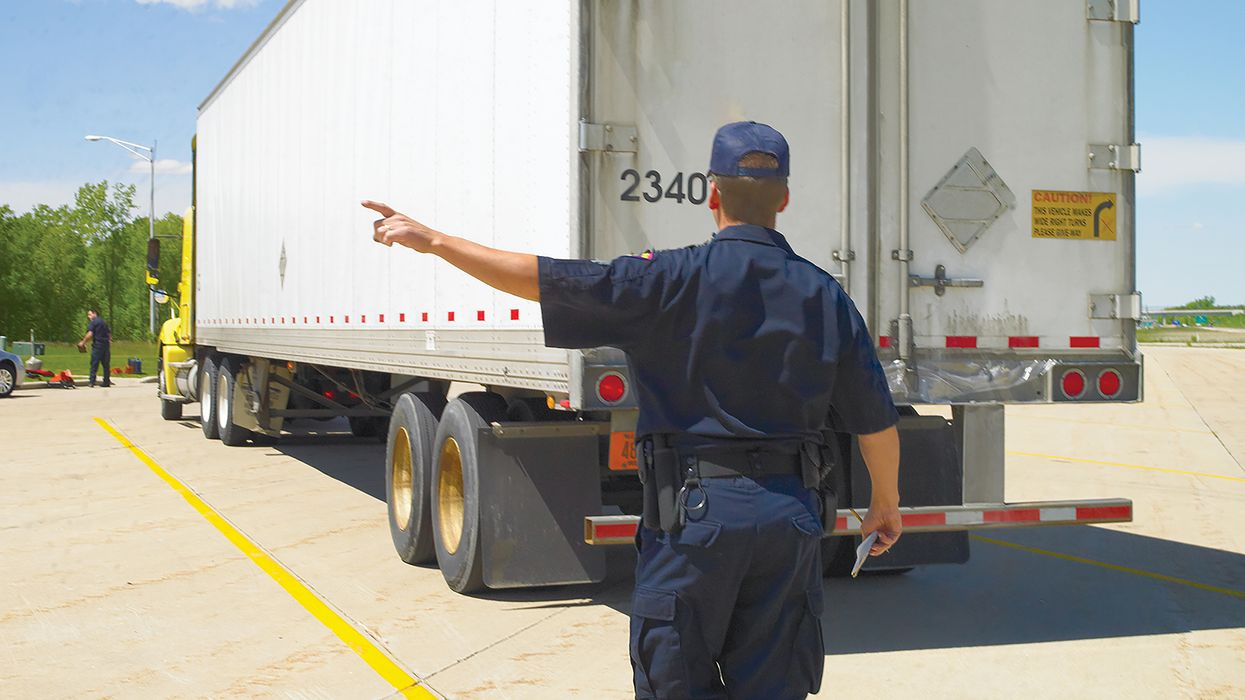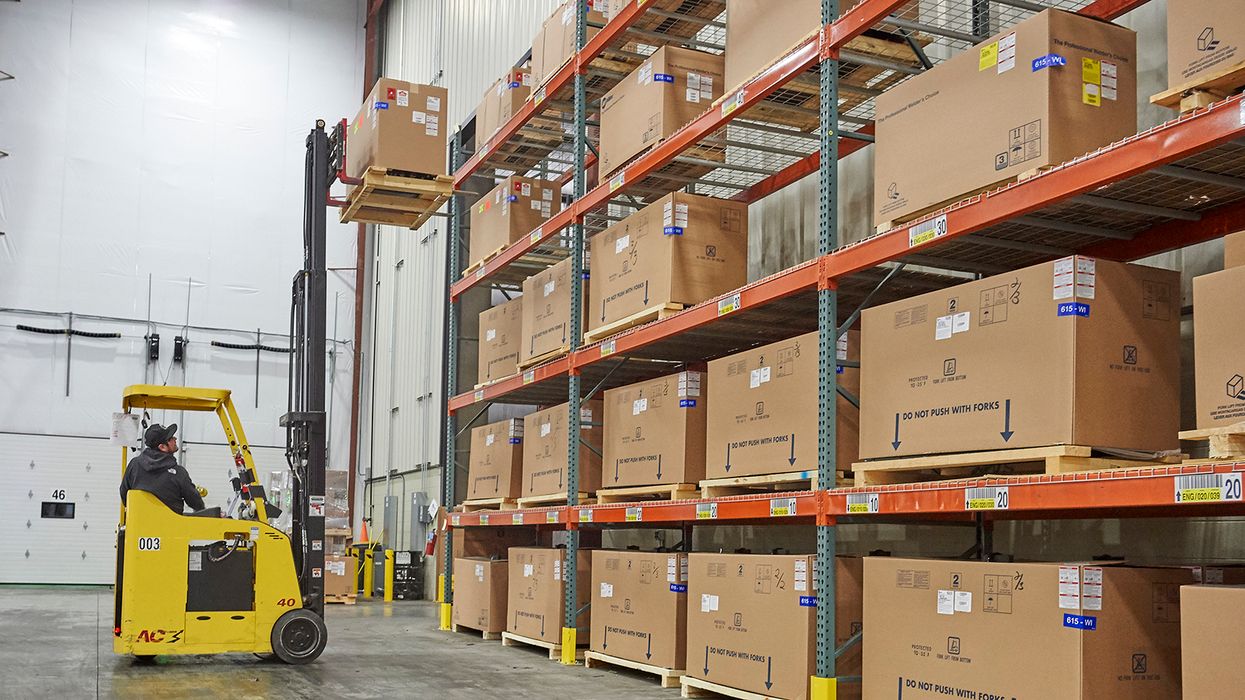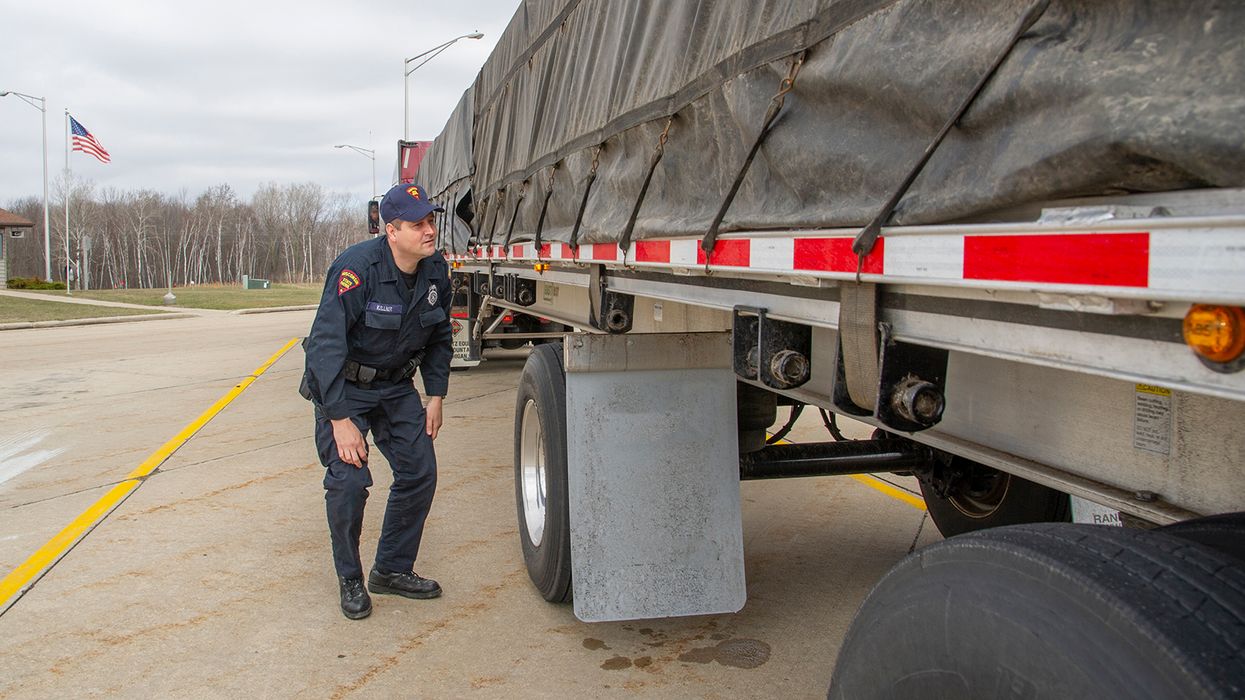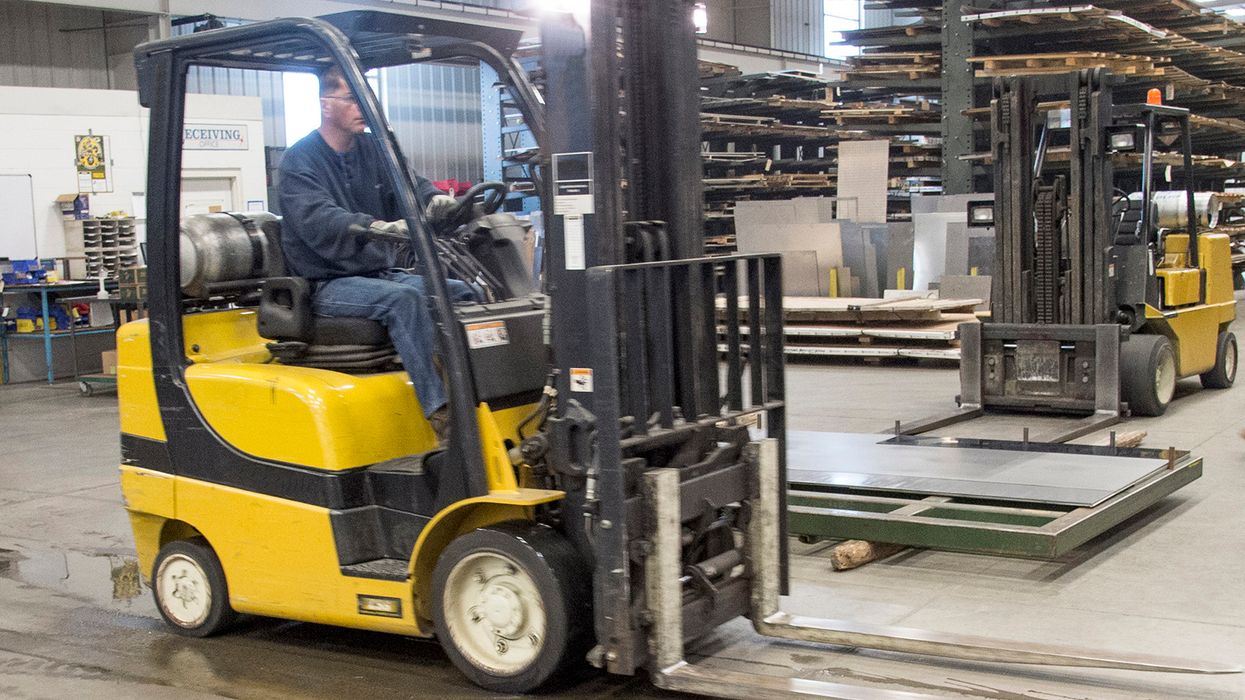Using virtual reality to train CMV drivers
The ongoing driver shortage makes effective and efficient training essential. Good training will help you put qualified drivers on the road sooner and may also help you retain more drivers.
Although it’s not common yet, virtual reality may become a preferred training method in the not-too-distant future. Already, several Fortune 500 companies are using virtual reality to train delivery drivers, improve technician accuracy and efficiency, and improve ergonomics in an effort to reduce workplace injuries.
Virtual reality includes 360° videos that allow viewers to observe a scene as if they were standing in the middle of it and turning in a circle. When we talk about using VR to train, however, we’re talking about a game-like system that allows people to not only see but also interact with their virtual surroundings. In the case of training drivers, this may be a situation in which a driver sits in a driving simulator that projects video of a variety of real driving scenarios that the driver must navigate, or it may require the driver to wear a VR headset to practice conducting a vehicle inspection. The potential applications are vast.
Let’s consider some of the pros and cons of using virtual reality to train commercial motor vehicle (CMV) drivers.
Pros of VR
- Hands-on learning. People learn best when they can do an activity, instead of just being told about it or watching someone else do it. Virtual reality allows driver-trainees to practice vehicle inspections, backing maneuvers, speed and space management, and other driving skills before they even set foot in a real truck.
- More efficient and consistent learning. VR training provides consistent training scenarios across locations or among trainers. It more efficiently provides a wide variety of driving or environmental scenarios. For example, driver-trainees do not have to wait for the instructor to set up a course or attend late in the day sessions to practice night driving.
- Safer. Obviously, when new drivers aren’t driving real CMVs on a range or public roads, there is more room for mistakes without potentially deadly consequences. Once drivers have mastered a skill virtually, they can more safely practice the skill in the real world.
- Appealing to younger drivers. The idea of training using VR may be more appealing to younger generations who grew up surrounded by technology. For students who don’t like the “sit and get” approach of typical schools, virtual reality could provide an enticing alternative.
Cons of VR
- Motion sickness. Some individuals experience motion sickness when using virtual reality. Perhaps this is something that will lesson as the technology improves, but in the meantime, it may make training VR unappealing or impractical for some driver-trainees.
- Up-front cost. Although the overall costs of training with virtual reality could very well be less than the cost of traditional training, the up-front costs could be substantial. As the technology becomes more common, prices should drop and make entering the VR arena less costly.
- Regulatory roadblocks. The new entry-level driver training (ELDT) rule that went into effect on February 7, 2022, specifies that “a simulation device cannot be used to conduct [range and public road] training or to demonstrate proficiency.” It can be used to supplement Theory training, however.
Key to remember: While not a perfect training solution, virtual reality offers some benefits that traditional teaching methods lack.






